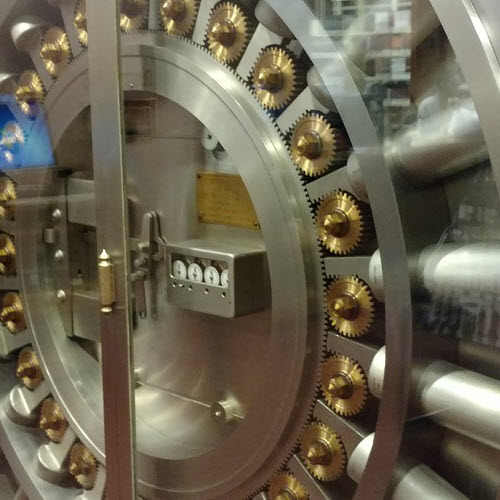Cryptojacking
What is cryptojacking and how can it infect your computer?
Given the dependence of critical personal information on technology, the consequences of voluntarily, or involuntarily letting cryptominers trespass on your computing real estate can be far-reaching.
The transition to a digital economy has rendered financial services more dependent on technology, and the maintenance of a robust framework to protect personal information has acquired greater importance. The already difficult task of keeping pace with hackers trying to access online finances has become even more complicated with the emergence of cryptocurrencies. It has spawned a new breed of hackers – cryptojackers. To understand cryptojackers, however, you need to understand cryptocurrency miners.
Who are the miners?
Cryptocurrencies like Bitcoin are based on a technology called blockchain, which involves maintaining a digital ledger to publicly record transactions.
A blockchain is reliant on the network of computers that run the software for the cryptocurrency. The computers participate in the relay of information regarding transactions made between holders of the currency. These computers, called nodes, can be operated by anyone who downloads the bitcoin software available for free online. When a transaction is initiated, encrypted details are transmitted among all nodes.
The design of the blockchain architecture is attributed to a person, or a group of people who go by the pseudonym Satoshi Nakamoto. | Photo Credit: Wikimedia Commons
This web of nodes includes those operated by miners, whose objective is to group the outstanding transactions into blocks and then add them to the blockchain, since doing this involves a reward. Adding encrypted transactions to the blockchain is accomplished by the miner's cryptocurrency software solving a complex mathematical puzzle involving the numerical keys to the encryption.
Once a node has hit upon the right combination, it conveys its success to other nodes. Subsequently, other miners drop processing that block and move on to the next. The winning node that registers a transaction by adding it to the blockchain is rewarded in Bitcoin.
It is not easy
Often, the cost of mining becomes prohibitive since high-end machines with substantial computing power are required to solve the puzzle in a timely manner. The electricity required to power the hardware is also considerable, adding to the cost.
So, why mine?
Cryptocurrencies are a boon for individuals or corporations which seek financial anonymity. The lack of a central regulatory authority has made it possible for trade in illegal goods to happen through the virtual currencies. However, exchanges that trade bitcoin have witnessed massive fluctuation in prices owing to speculation. The trade in bitcoin remains lucrative.
The valuation of a single bitcoin was ₹65,693 on January 1, 2017. Its value had peaked at ₹12,59,942 in December 2017, before conceding gains owing to factors such as governments proposing laws to outlaw cryptocurrencies. Bitcoin was valued at ₹7,40,376 at the time of writing. This implies that if a lakh of rupees was invested in bitcoin in January 2017, it would have yielded ₹19.17 lakh at the end of the calendar year.
Article 2:-
What is cryptojacking?
Cryptojacking is defined as the secret use of your computing device to mine cryptocurrency.
Cryptojacking used to be confined to the victim unknowingly installing a program that secretly mines cryptocurrency.
Here’s the bad news…
In-browser cryptojacking doesn’t need a program to be installed.
Below, you’ll find out more about in-browser cryptojacking and how to protect yourself.
How does in-browser cryptojacking work?
In-browser cryptojacking uses JavaScript on a web page to mine for cryptocurrencies.
JavaScript runs on just about every website you visit, so the JavaScript code responsible for in-browser mining doesn’t need to be installed.
If you think it’s nothing, think again…
You load the page, and the in-browser mining code just runs. No need to install, and no need to opt-in.
Currently (Nov 2017), in-browser mining is available for the Monero cryptocurrency.
Cryptojacking with JavaScript
A cryptojacking JavaScript web page uses your computer to mine for cryptocurrencies.
What is Monero cryptojacking?
Monero is a privacy-focused cryptocurrency started in 2014. It is one of the few cryptocurrencies that supports in-browser mining.
Cryptojacking scripts
Cryptojacking scripts allow you to quickly install a miner on your website. Coinhive’s set of AuthedMine scripts is the only solution I can recommend.
Cryptojacking tutorial
This tutorial is a cryptojacking how-to detailing exactly what you need to setup an opt-in WordPress Coinhive miner for the Monero cryptocurrency.
Cryptojacking blocker
The simplest way to protect yourself from cryptojacking is to install a cryptojacking blocker.











Cool you inscribe, the info is really salubrious further fascinating, I'll give you a connect to my scene. btc price widget
ReplyDelete